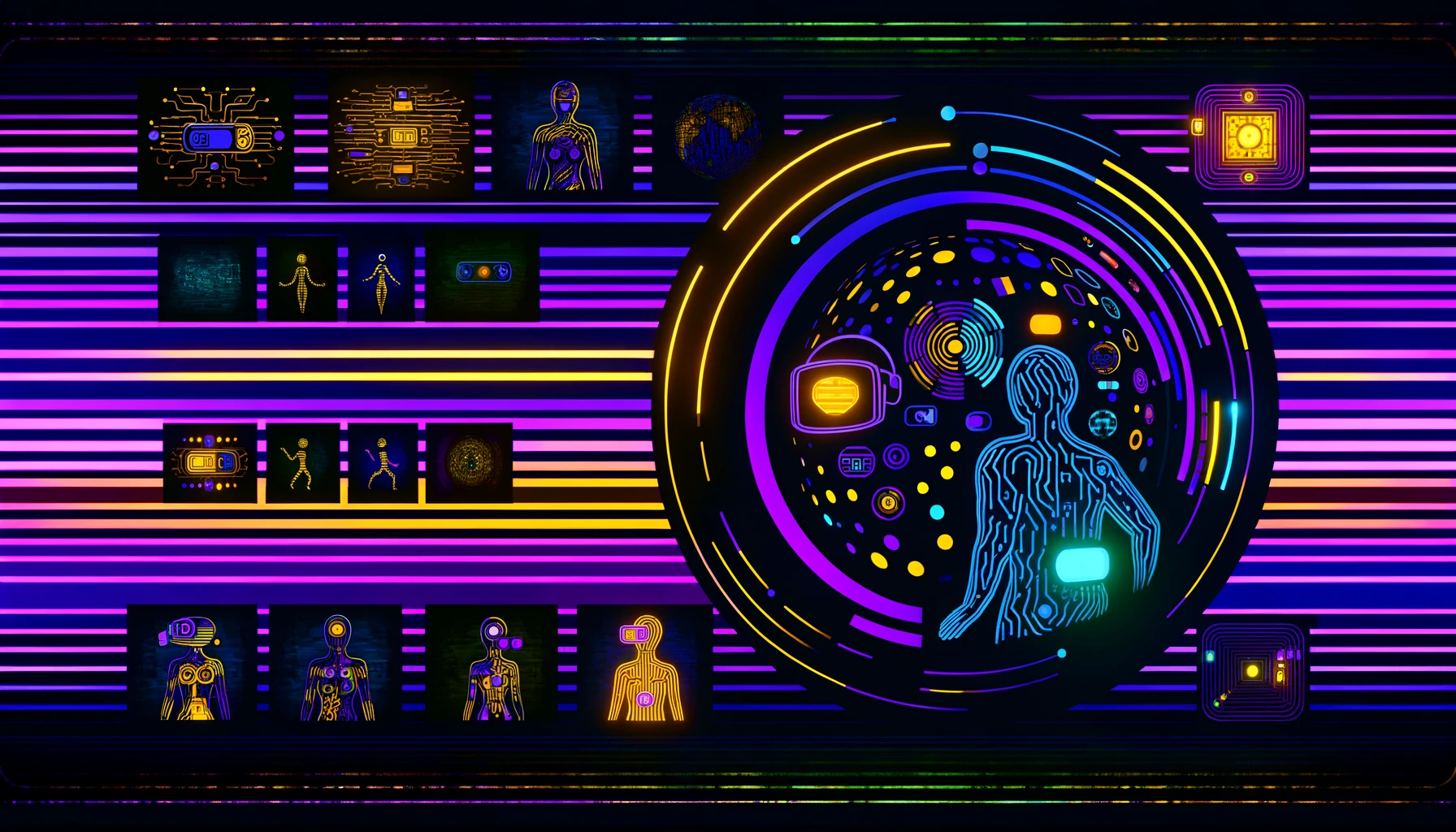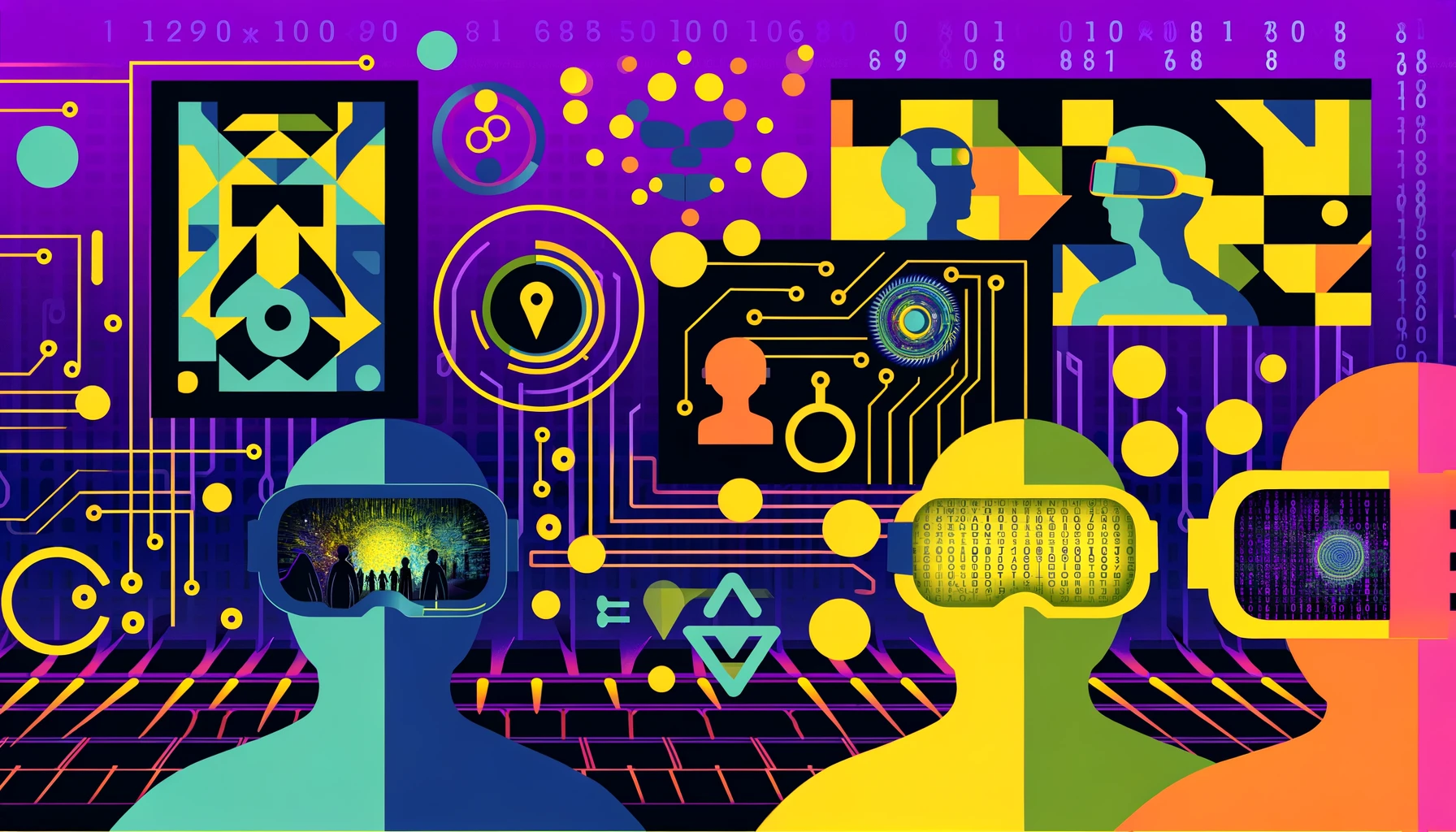Looking at the critiques
One prevalent assertion against pornography is that it leads to the exposure of minors to explicit content. While this concern is valid, it overlooks the crucial role of parental responsibility. It is the duty of the parents to monitor and regulate their children’s media consumption, including using parental control software, engaging in open discussions about online safety, and promoting media literacy skills. Blaming the existence of pornography for the failure to protect minors is often a misdirected approach that absolves individuals of their parental obligations. Rather than vilifying pornography as the root cause, efforts could be directed toward empowering parents with the tools and knowledge to safeguard their children effectively.
Another oft-cited criticism is the portrayal of misogyny and violence in pornography. However, this blanket assertion fails to acknowledge the diverse landscape of the pornographic industry – not to mention, when dealing with fetishes, things get more complicated. Pornography encompasses a wide array of genres, catering to various preferences and fantasies. To label the entire industry as inherently misogynistic overlooks the agency of performers and consumers who actively engage with and shape the content they produce and consume. Moreover, the portrayal of certain themes in pornography reflects societal fantasies and desires, offering a window into the complex interplay between sexuality, power dynamics, and taboo desires that exist within society itself, rather than endorsing or promoting real-world violence or discrimination.
Porn stars have a say
Pornography can also be feminist, progressive, or even revolutionary. During the debate titled “Sexo, porno y feminismo” [Sex, Porn, and Feminism] held in Spain in 2016, adult performer Amarna Miller discussed with activists from the left-wing party Podemos, her vision of the adult entertainment industry from a political and feminist informed perspective.
She highlighted the potential for feminist pornography to challenge traditional representations of sex and promote greater agency for performers. Miller stressed the importance of using language responsibly to facilitate meaningful discussions about sexuality and the adult film industry. She also pointed out the prevalence of mainstream porn as a primary source of sexual education for young individuals, emphasizing the importance of providing critical education to distinguish between fantasy and reality.
Another adult performer, Stoya, has a similar take. In an interview with The Guardian, she noted that “We’re able to look at a battle between Marvel superheroes and go: ‘This is a fantasy. This is fiction,'” but the same courtesy is not extended to porn that, ironically, is often a better representation of reality than most Hollywood movies. And by representation, I mean a mirror where society sees itself and what it hides underneath a layer of puritanism.
Circumvent Big Tech's Censorship! Never miss another post!
Subscribe to our notifications!
Article continues below
Amarna Miller and Stoya, both prominent figures in the adult entertainment industry, offer valuable insights into the intersection of technology, sex, and emancipation. Miller advocates for a more inclusive and empowering approach to sexuality in adult entertainment, aiming to challenge traditional norms and stereotypes prevalent in the industry. Similarly, Stoya’s nuanced perspective challenges prevailing narratives surrounding pornography and highlights the need for a more informed and inclusive discourse.
From sex education to regulation and censorship
It’s important to remember that pornography is not sex education but rather an industry for adults to explore their sexuality – not a tool of education in any sense. Of course, we know that sex education goes from bad to non-existent in schools; however, pornography’s role is far from being educational. One cannot criticize porn for what was never intended. Sure, pornography can educate about sex, particularly helping individuals to understand their desires, but porn is not a substitute for good old-fashioned sex-ed, discussion with parents, or modern-day options like sex education apps and tech initiatives, such as Quinky.
Critics of pornography, ranging from religious conservatives to certain factions within feminism, often frame their arguments within the context of moral panic and misguided altruism. This approach tends to oversimplify complex societal issues and ignores the diverse perspectives and experiences within the realm of pornography. By reducing the discourse to black-and-white narratives, these critiques fail to capture the nuanced realities of human sexuality and desire.
That’s not to say that there isn’t bad porn, but rather to understand that society reflects and is reflected by porn, therefore, pornography will push boundaries, will depict society often with not-so-pleasant lenses, and that there’s always room for change, and that despite pushbacks, porn will remain a force.
Over 23 years ago, adult performer and eco-sexual activist Annie Sprinkle was quoted in Anita Chaudhuri’s Guardian article “A dirty job“:
“I don’t think these anti-porn women have seen my films,[…] but loads of other women have. That’s why pro-porn feminists are winning the war, the war that says the answer to bad pornography is no pornography. That’s not right and more and more feminists are agreeing with that. The solution is for us to make better porn.”
Annie Sprinkle
Sprinkle’s perspective, rooted in her experiences as a pioneering feminist pornographer, emphasizes the importance of creating diverse, inclusive, and ethically produced adult content as a response to the problems within the industry, rather than advocating for its complete elimination. Her words continue to resonate today, highlighting the ongoing struggle to reframe the conversation around pornography and promote a more nuanced understanding of its complexities.
Furthermore, proposals for increased regulation and control, such as sheer censorship or age verification measures, are often touted as solutions to address the perceived harms of pornography. However, such approaches are fraught with practical challenges and ethical implications. Implementing stringent age verification measures would require intrusive surveillance mechanisms that compromise individuals’ privacy and autonomy.
Several countries have been discussing age verification tools targeted at curbing access to porn websites. Still, the possible advantages are minimal compared to the disadvantages, in particular the violation of the privacy of users who could have their data leaked and, with it, their sexual preferences. Unfortunately, although pornography consumption is more the rule than the exception, society still frowns upon pornography consumption and, for those with more extreme tastes, the danger is even greater.
Age verification tools are a way for society to assume that it has failed – from parents unable to control the content accessed by their children to the normalization of human sexuality in all its differences and interests.
Moreover, they are unlikely to be effective in preventing minors from accessing pornography, as technological savvy and circumvention methods abound. Instead of resorting to futile attempts at control, a more constructive approach involves fostering open and informed discussions about sexuality and media literacy.
Technological advancements and porn
Amidst the criticisms and controversies, it is essential to recognize the positive aspects of pornography. Beyond mere titillation, pornography serves as a reflection of human sexuality and desires, offering an outlet for exploration and expression. For many individuals, pornography plays a role in self-discovery, providing a platform for diverse representations of bodies, desires, and identities that may be marginalized in mainstream discourse.
More than that, pornography is also a gateway to understanding what society hides behind doors. How individuals behave when no one is watching and how sex shapes society and human behaviour. The movies Golden Age of Porn, for example, are an excellent tool to observe how society changed from the 60s to the mid-80s when it comes to sex, sexuality, sex work, taboos, etc.
The discourse surrounding pornography must also acknowledge its symbiotic relationship with technology. The porn industry has been at the forefront of technological innovation, catalyzing developments that have permeated various sectors. From the early days of streaming video to the establishment of online payment systems tailored for adult content transactions, pornography has driven the evolution of digital infrastructure.
Technological advancements, such as video compression techniques, content delivery networks, and secure payment gateways, originated in the adult entertainment industry and have found applications beyond its realm. The proliferation of high-speed mobile networks owes much to the consumption of adult content, driving the need for enhanced connectivity and bandwidth.
Cable television’s transition to a consumer medium was accelerated by the introduction of pay-per-view adult movies, demonstrating the industry’s influence in shaping consumer behavior. Similarly, the adoption of digital cameras gained traction as costs decreased, a trend fuelled in part by the demand for amateur and professional pornography production.
Beyond technological innovation, the porn industry has also played a significant role in shaping consumer preferences and industry standards. The standardization of Super 8 film and the promotion of Blu-ray as the standard for high-definition content are just a few examples of the industry’s influence on media formats and distribution channels.
These innovations have reshaped consumer behavior, advertising strategies, and even communication tools, demonstrating the profound impact of pornography on technology and culture.
As we navigate the complexities of porn and the adult industry, let us not overlook its contributions to technological innovation and cultural discourse. By embracing the symbiotic relationship between pornography and technology, and understanding pornography’s role within society, we can gain a deeper understanding of their interconnected evolution and pave the way for a more nuanced and inclusive conversation about human sexuality and desire.
The pornography industry’s influence on technological advancements and its reflection of societal desires and fantasies underscore the need for a multifaceted approach to the conversation surrounding adult content. Rather than resorting to simplistic condemnations or ineffective regulatory measures, we must engage in open, informed discussions that acknowledge the complexities of human sexuality and the diverse perspectives within the realm of pornography.
By fostering a more nuanced understanding of porn’s role in society, we can work towards creating a culture that values sexual autonomy, consent, and inclusive representation while addressing legitimate concerns and promoting responsible consumption. Ultimately, the path forward lies in embracing the challenges and opportunities presented by the ever-evolving landscape of pornography, technology, and human desire.




